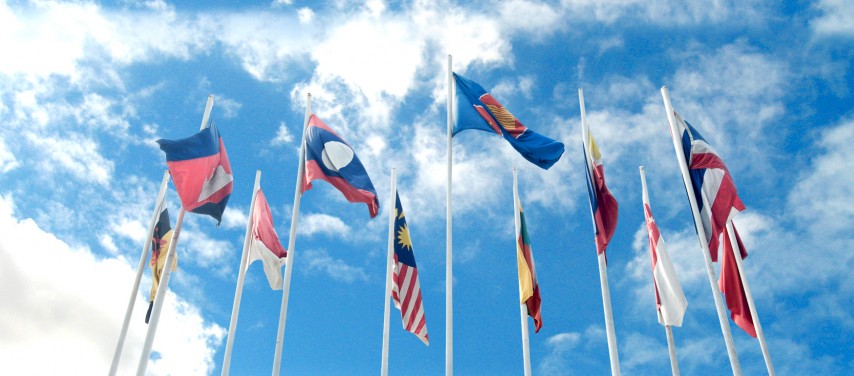
MANILA – As Southeast Asian countries continue to attract investors in the past few years, the region’s economic growth is seen to grow by 4.9 percent this year, surpassing the global growth projection of 3.5 percent.
In the 26th ASEAN summit held earlier this week, the heads of each member nation applauded the region’s 4.4 percent growth last year, despite challenges in the global economy.
“Domestic demand in our economies has remained resilient, supported mainly by private consumption. There were robust inflows of investments to the region, which in 2014 stood at $136.2 billion, reflecting a 15.7-percent year-on-year growth. Asean’s total trade was stable in 2014, amounting to $2.53 trillion, a marginal increase of 0.8 per cent from the previous year,” according to the statement,” the country leaders said in a joint statement released.
By January 1, 2016, the region is expecting the fulfillment of its ASEAN Economic Community (AEC), wherein the ten member nations of the region will unite in a single market and production base, allowing free flow of goods, services, skilled labor, capital and investments.
The AEC is anticipated to deliver many benefits to the ASEAN consumers and producers.
“In the context of the fully implemented measures to date and the high-priority measures identified by the Asean Economic Ministers (AEM) for implementation in 2015, we noted that the current rate of implementation of the AEC Scorecard stands at 90.5 percent out of 506 measures,” the statement continued.
“We are generally satisfied with the progress in the implementation of the AEC measures, which through the adoption of the frameworks of rules and various liberalization and facilitation measures, is sending a strong signal that the region is moving forward as an economic community by Jan. 1, 2016,” it added.
PH to lead ASEAN growth
According to an International Monetary Fund report, the Philippines is projected to be the fastest-growing nation in the Southeast region by 2016.
The whole region is expected to reach an average of 5.3 percent by 2016, with the Philippines outpacing its neighboring countries with a projected 6.7 percent growth this year and 6.3 percent growth next year.
The Philippines is then followed by Vietnam with an estimated 6 percent growth this year and 5.8 growth next year, and Indonesia with 5.2 and 5.3 growths respectively.